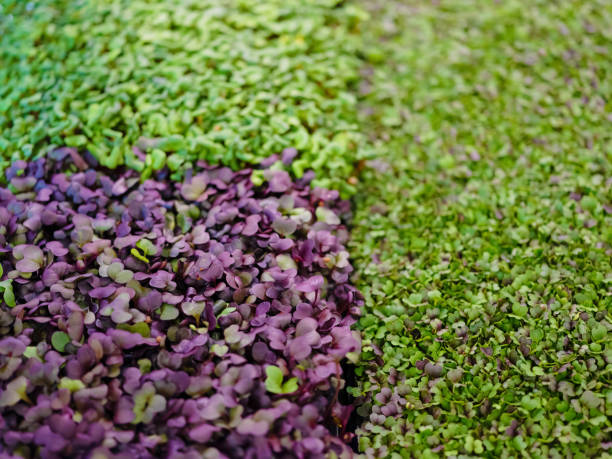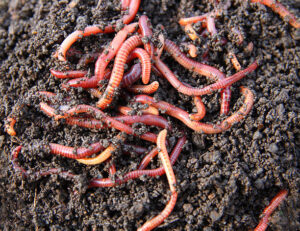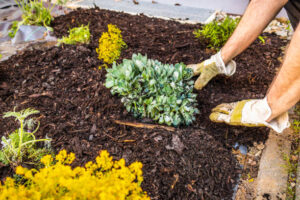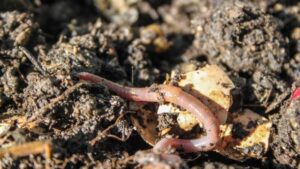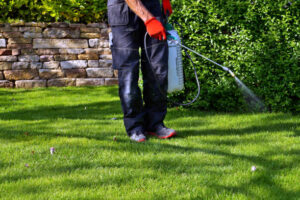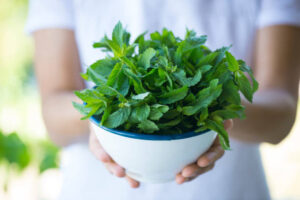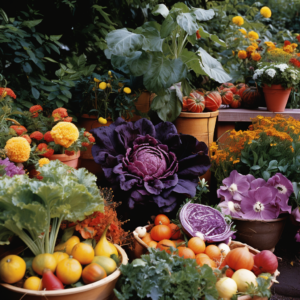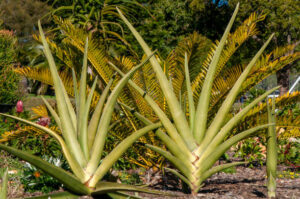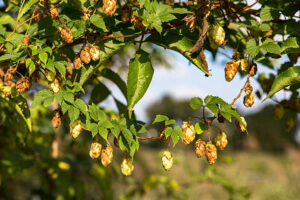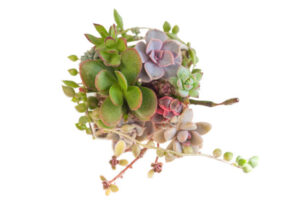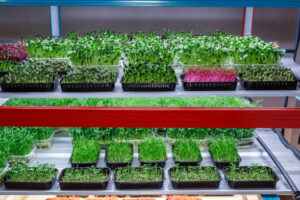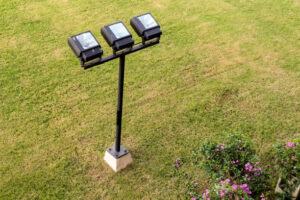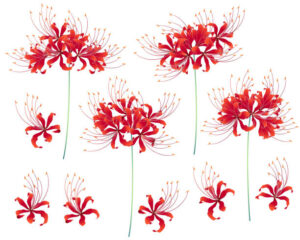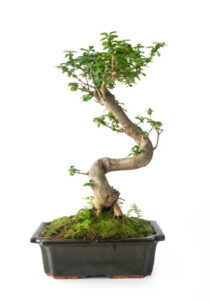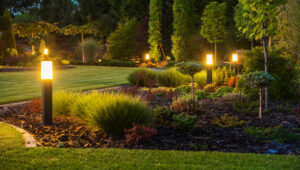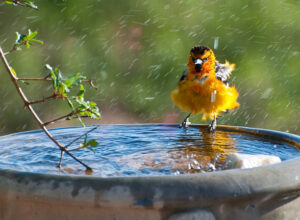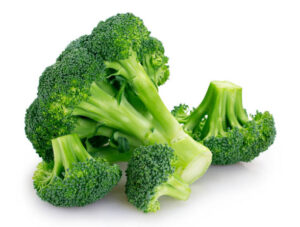Designing Your Medicinal Herb Garden from Scratch
Introduction:
Creating a medicinal herb garden is a journey that not only adds beauty to your outdoor space but also cultivates a living pharmacy at your fingertips. Imagine stepping into your garden and being surrounded by a vibrant array of herbs known for their healing properties. Whether you’re a seasoned herbalist or a beginner looking to harness the power of nature, this guide will walk you through the process of designing your medicinal herb garden from scratch. Let’s explore the tips and tricks that will help you cultivate a garden brimming with wellness and vitality.
Understanding Medicinal Herbs
1. Research and Identity:
Begin by researching medicinal herbs that align with your health and wellness goals. Identify herbs known for their therapeutic properties, taking into consideration your climate and soil conditions.

2. Sunlight and Soil Requirements:
Pay attention to the sunlight and soil preferences of each herb. Group herbs with similar requirements together to ensure optimal growth. Most medicinal herbs thrive in well-drained soil with plenty of sunlight.
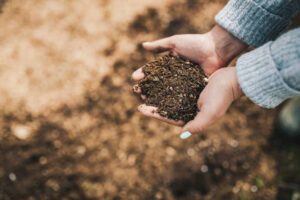
3. Start with the Essentials:
Consider including foundational medicinal herbs like lavender, chamomile, echinacea, and mint. These versatile herbs are not only valuable for their medicinal properties but also for their aromatic and culinary uses.

Designing Your Medicinal Garden
1. Layout and Accessibility: Plan the layout of your medicinal herb garden with accessibility in mind. Place frequently used herbs closer to paths or seating areas for easy reach. Consider raised beds or containers for a well-organized and visually appealing design.
2. Companion Planting: Embrace the concept of companion planting to enhance the health and vitality of your medicinal garden. Some herbs complement each other in terms of pest control, nutrient uptake, and overall well-being.
3. Create Planting Zones: Group herbs based on their uses, such as culinary herbs, immune-boosting herbs, or herbs for relaxation. This creates functional planting zones that make it easy to navigate and harvest based on your specific needs.
Caring for Your Medicinal Garden
Proper Watering: Medicinal herbs generally prefer well-drained soil, so avoid overwatering. Use mulch to retain moisture and reduce the need for frequent watering. Adjust your watering routine based on the specific requirements of each herb.
Pruning and Harvesting: Regular pruning not only encourages healthy growth but also provides you with a steady supply of fresh herbs. Harvest herbs in the morning when their essential oils are most concentrated, and use clean, sharp tools to avoid damaging the plants.
Fertilization with Care: Medicinal herbs often thrive in nutrient-rich soil. Use organic fertilizers to nourish your garden without introducing harmful chemicals. Compost and well-rotted manure are excellent natural options.
Choosing Medicinal Herbs for Your Garden
Herbs for Stress and Relaxation: Consider planting herbs like lavender, chamomile, and lemon balm known for their calming properties. These herbs are not only beneficial for relaxation but also add a fragrant charm to your garden.
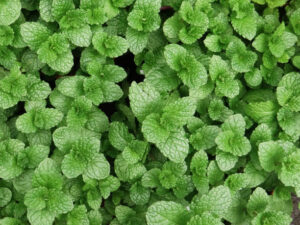
Immune-Boosting Herbs: Echinacea, elderberry, and astragalus are excellent choices for supporting the immune system. Plant them strategically to create a dedicated space for wellness-boosting herbs.

Herbs for Culinary Delights: Integrate culinary herbs like rosemary, thyme, basil, and oregano into your medicinal garden. Not only do these herbs enhance the flavor of your dishes, but they also offer various health benefits.

Conclusion
Designing your medicinal herb garden is a holistic endeavor that intertwines beauty, wellness, and the power of nature. Whether you have a sprawling backyard or a modest balcony, cultivating a medicinal garden is a step toward self-sufficiency and well-being. Let your garden be a testament to the healing properties of herbs—a living sanctuary that not only nurtures your body but also rejuvenates your spirit. Happy gardening!

